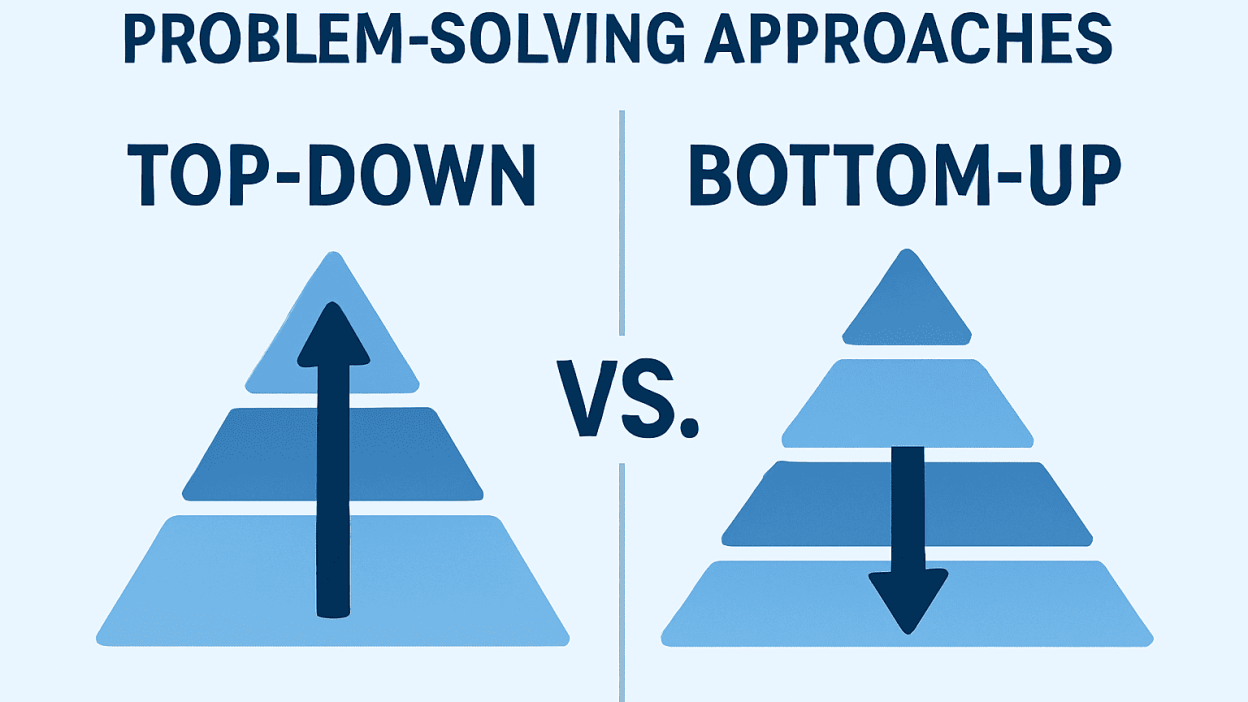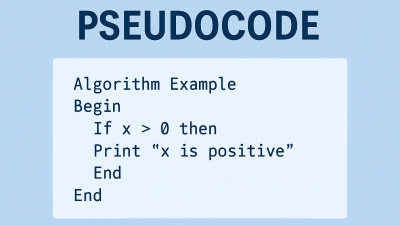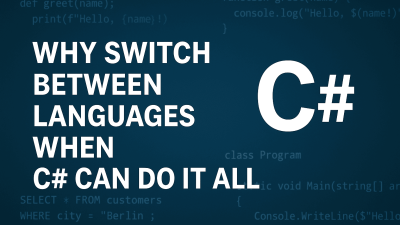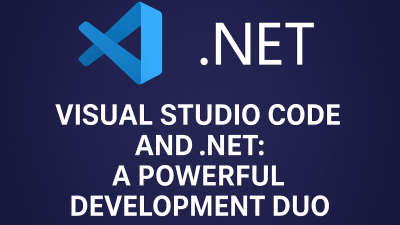This overview explores the top-down and bottom-up problem-solving strategies, their advantages, and their applications in software development and debugging.
Top-Down Problem-Solving Approach
Definition and Benefits
The top-down approach begins with a high-level view of a problem and decomposes it into smaller, more manageable components. This method is particularly effective for software development tasks such as debugging and feature implementation.
Implementation
Developers start by analyzing the system at a macro level to pinpoint areas requiring attention. They then progressively refine these areas, drilling down into finer details until the problem is resolved.
Example
- Debugging: A developer might first identify a malfunctioning module before isolating the exact lines of faulty code.
- Software Design: A developer defines a broad objective (e.g., building a book catalog system) and breaks it into subtasks like importing book data and organizing categories.
Bottom-Up Problem-Solving Approach
Definition and Benefits
The bottom-up approach starts with small, individual components and combines them into a complete solution. This method promotes flexibility and experimentation, allowing developers to build and test modules independently before integration.
Implementation
Developers focus on constructing specific application features (e.g., user authentication, profile management) and later merge them into a cohesive system. This approach is ideal for complex projects requiring modular development.
Example
When developing a social media app, a team might first build separate modules—such as login functionality, user profiles, and messaging—before integrating them into a unified platform.
Comparing Top-Down and Bottom-Up Approaches
Strengths and Weaknesses
| Approach | Strengths | Weaknesses |
|---|---|---|
| Top-Down | – Ideal for well-defined problems – Encourages structured task division – Enhances team collaboration | – Less flexible if requirements change – May overlook low-level details initially |
| Bottom-Up | – Adaptable to evolving requirements – Supports incremental development – Facilitates early testing of components | – Can lack direction without clear goals – Integration challenges may arise |
When to Use Each Approach
- Top-Down: Best when the problem is clearly defined, and a structured breakdown is needed.
- Bottom-Up: Preferred when dealing with uncertainty, requiring experimentation, or building systems from reusable components.
Conclusion
Both top-down and bottom-up approaches offer distinct advantages in software development and debugging. The choice depends on the problem’s clarity, resource availability, and the need for flexibility versus structure. Selecting the right strategy can significantly enhance efficiency and solution effectiveness.



